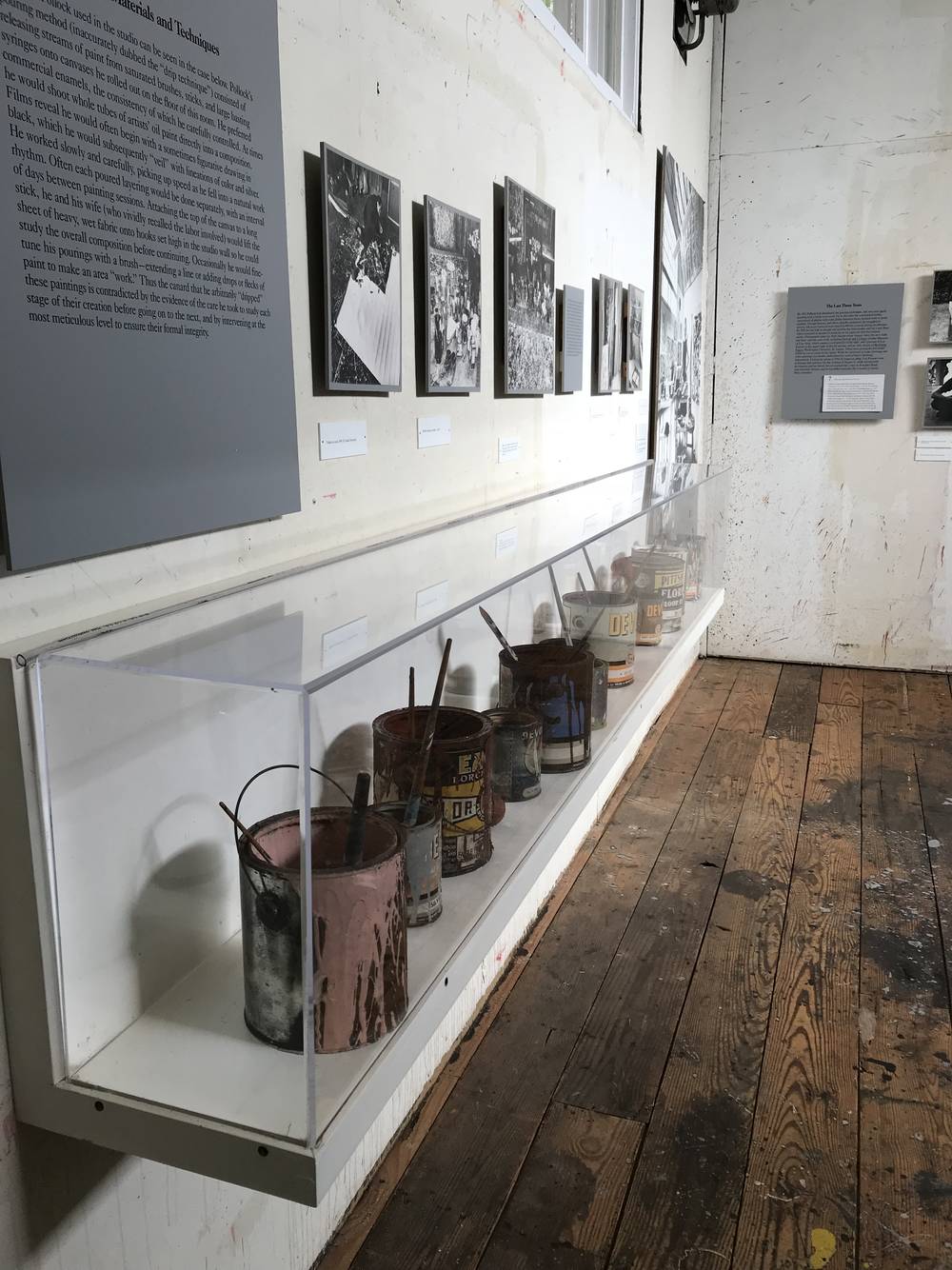For a long time, Lee Krasner lived together with Jackson Pollock in the modest area of Springs, East Hampton. Curator Ilka Voermann travelled to their common house, which still radiates a wondrous feeling of calm.
In an interview with Doloris Holmes in 1972, Lee Krasner summed up the dilemma of being an artist in her own right as well as the wife and widow of the famous Jackson Pollock and trustee of his estate: “And I think even today it’s difficult for people to see me, or to speak to me, or observe my work, and not connect it with Pollock. They cannot free themselves.” Indeed, Krasner’s work and her role as a painter who belonged to the first generation of Abstract Expressionism has so far hardly been appreciated outside of the USA.
The major retrospective at the Schirn in autumn 2019, in cooperation with the Barbican Art Gallery, is set to change this, presenting her oeuvre from the late 1920s to the 1970s for the first time in Europe. Anyone aiming to find out more about Lee Krasner as a person and an artist will perhaps find no better place to do so than her former house in Springs, East Hampton, which is now open to the public as the Pollock-Krasner House and Study Center.
It was here that Krasner lived with Pollock from 1945. After his sudden death in an car accident in 1956, Krasner divided her time between Springs and New York. The rest of the year she lived in New York. Krasner and Pollock decided to move to Long Island in the summer of 1945, which they spent with friends in the Hamptons.
And I think even today it’s difficult for people to see me, or to speak to me, or observe my work, and not connect it with Pollock. They cannot free themselves.
Both liked the idea of some time away from the hustle-and-bustle of the city and the chance for a simple, less costly life in the country. Unlike much of the very upmarket Hamptons area, Springs, where Krasner and Pollock bought their house, was a modest place. When you reach the Pollock-Krasner House and Study Center after almost three hours on a bus, you immediately understand what it was that drew both artists here. After three hectic days in New York, the feeling of calm that Springs radiates is unbelievably restful. Although already early November, it is wonderfully sunny, and you can literally smell the ocean nearby.
The first years were extremely tough for Krasner and Pollock
In spite of this rural idyll, the first few years Krasner and Pollock spent here were extremely tough. They both had limited financial resources and bought the house with the help of a loan from Peggy Guggenheim. The house itself was dilapidated and had neither central heating nor a decent water connection, so Krasner and Pollock put a great deal of work into renovating the house that was to be their permanent home.
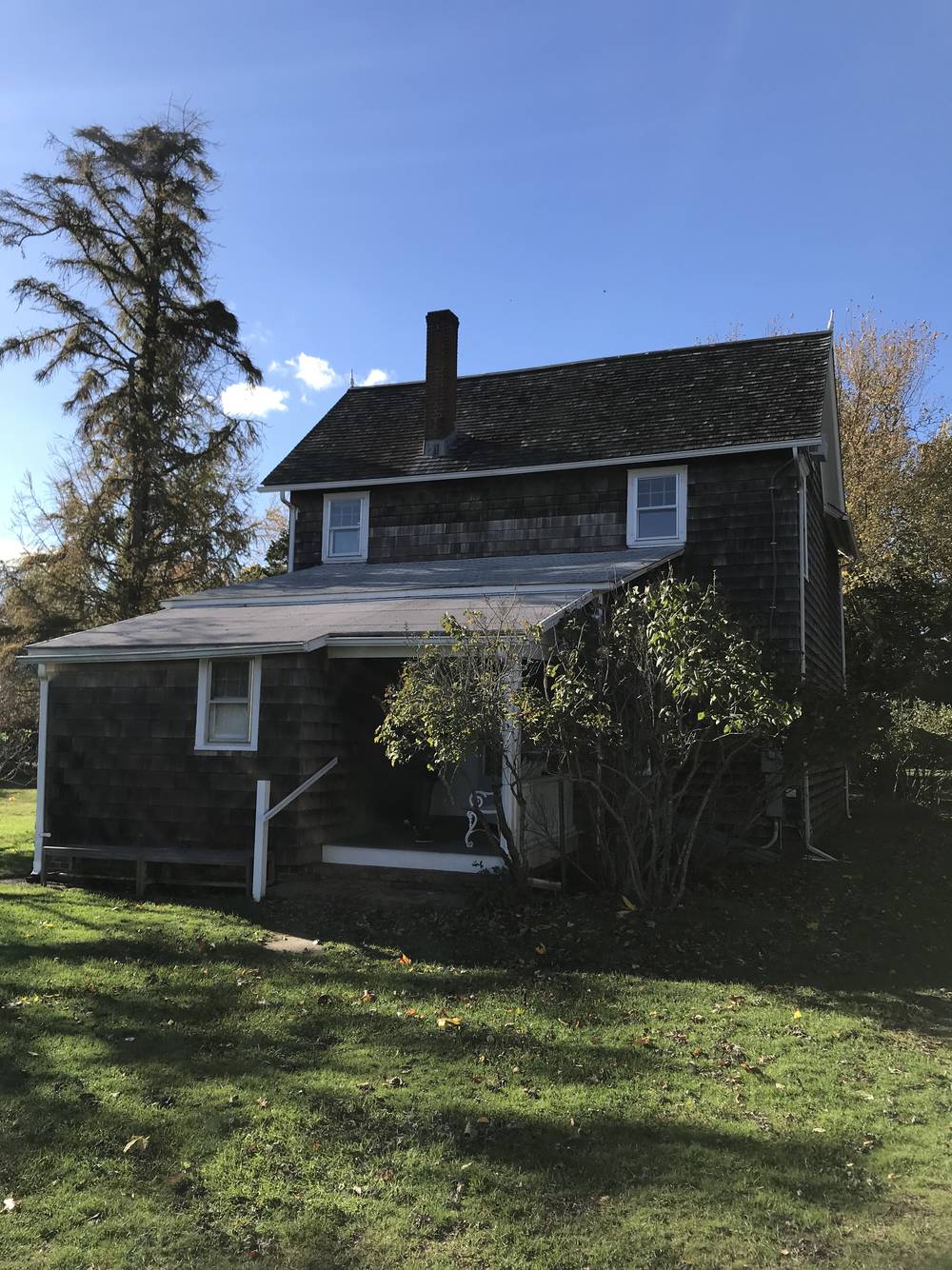
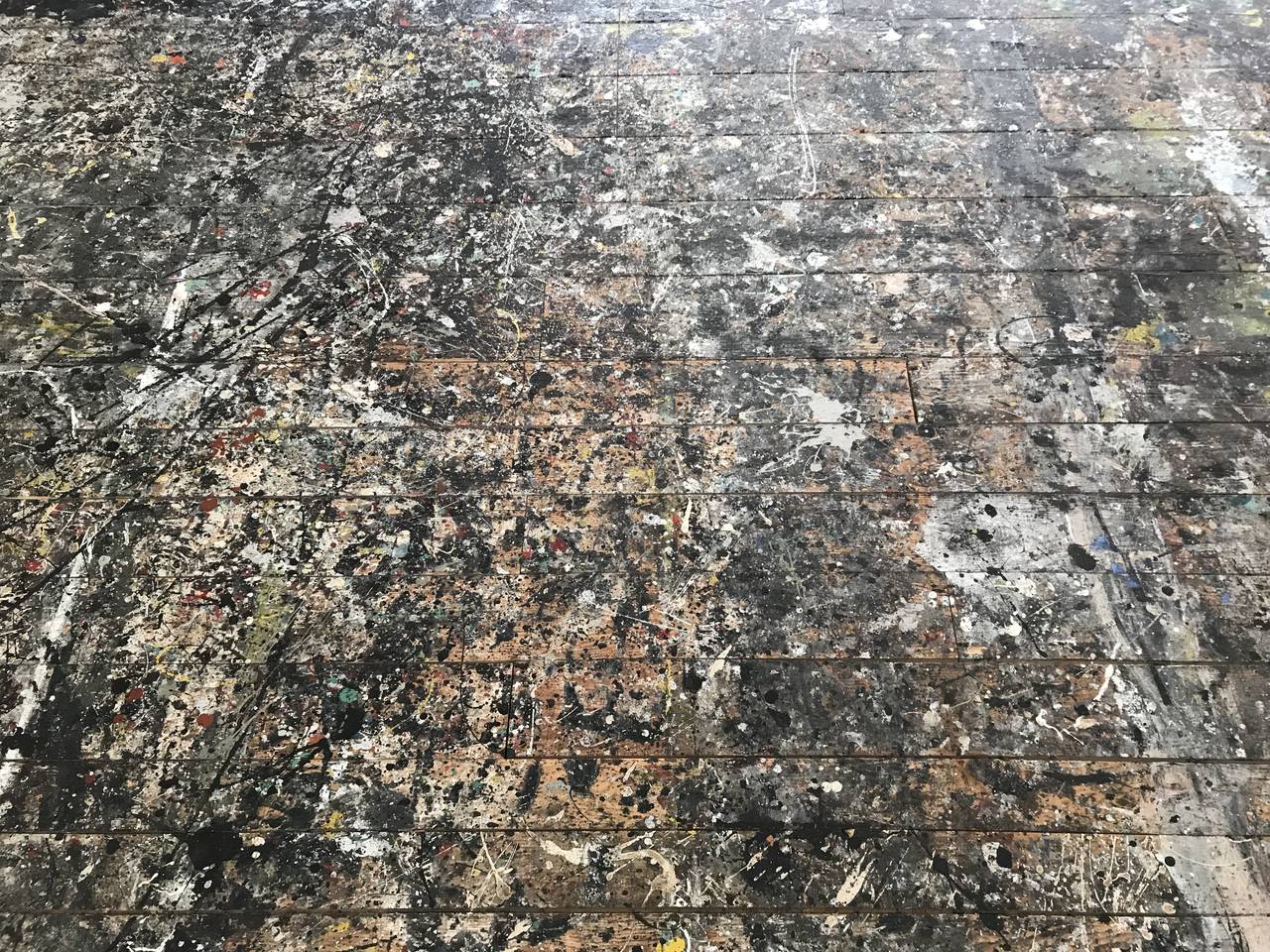
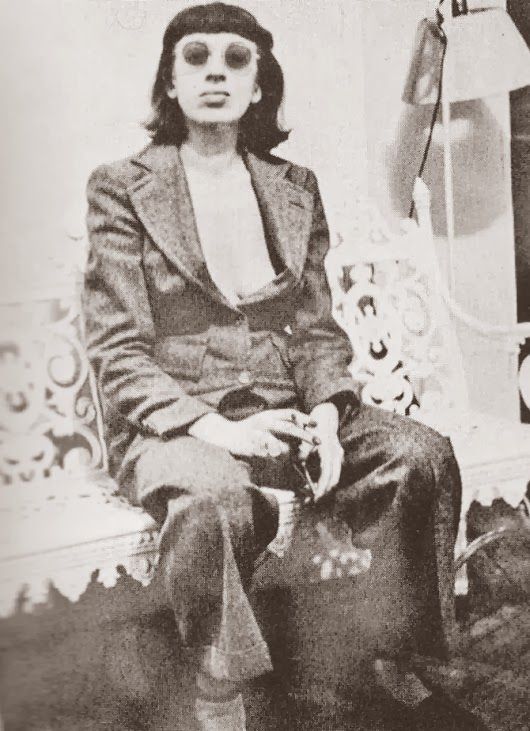
It is in fact already the off-season and the Pollock-Krasner House is therefore no longer open to visitors, but its director Helen A. Harrison has made an exception for me and Eleanor Nairne from the Barbican Art Gallery. As soon as you enter the house from the rear, you immediately find yourself in Krasner’s and Pollock’s living room, which is astonishingly spacious and even boasts a small adjoining library. Helen tells us that it is this part of the house that Krasner and Pollock devoted the most effort to converting.
There are no Krasner or Pollock originals to be found
Originally, the ground floor consisted of multiple small rooms, which the artist couple transformed into one large, open-plan living space so they could welcome friends and guests as they frequently liked to do. There are no Krasner or Pollock originals to be found in the Pollock-Krasner House. Instead visitors get a good impression of their modest lifestyle and their daily work environment.
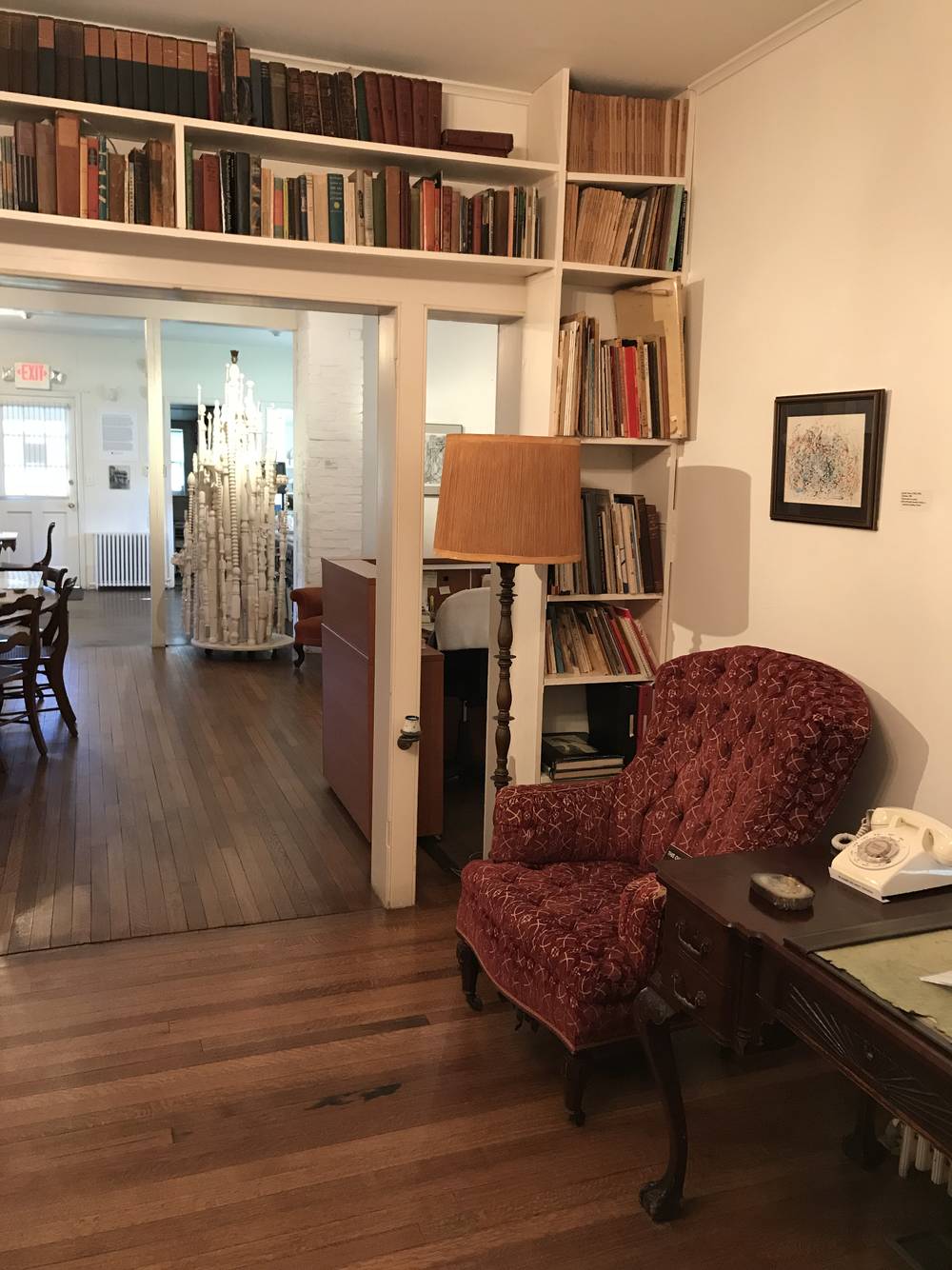
The upper floor of the building hosts a bedroom and guest room, as well as a small room that served as Pollock’s studio, while Krasner used a small, heated room on the ground floor. In 1946, Pollock emptied the barn behind the house and turned it into a studio, whereupon Krasner moved her place of work into the thus vacant studio on the first floor.
The studio in the barn is the highlight of the tour for most visitors. It was here that Jackson Pollock worked on his large-format canvases from 1946 onwards, which he spread out on the wooden floor of the studio. Famous works such as “Autumn Rhythm” and “Blue Poles” were created here. In 1953, Pollock covered the floor of the studio with fiberboard, thus hiding the traces of his previous works.
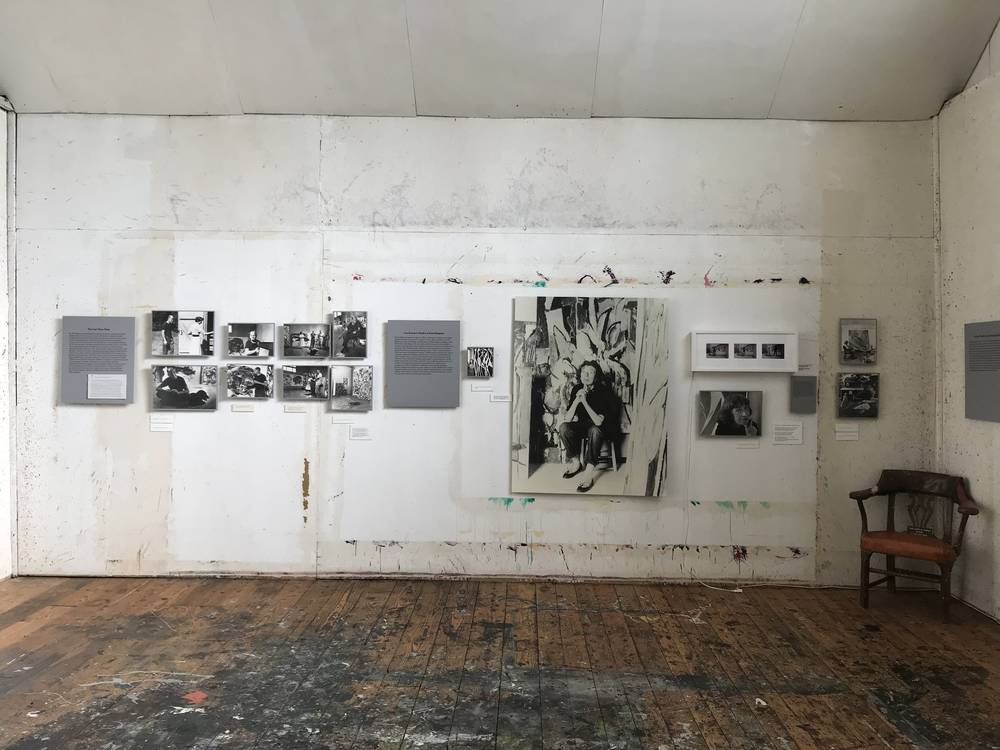
In the following years he barely worked in his studio and increasingly became lost in his alcohol addiction. In 1956, Pollock caused a car accident while drunk. With him in the car were his lover Ruth Kligman and her friend Edith Metzger who, like Pollock, was fatally injured. Kligman survived the accident.
At the time, Lee Krasner was on a trip to Europe with the aim of gaining a little distance from him and her difficult marriage, but she returned to the USA as soon as she received news of Pollock’s death. Just a few weeks later, Krasner started working in his studio. In later interviews she has frequently been asked why, in this time of profound grief, she did not seek to stay away from this place but rather claimed it for herself. For Krasner it seems to have been an almost essential part of coping with her grief: “Painting is not separate from life. It is one. It is like asking – do I want to live. My answer is yes – and I paint.” From an artistic perspective, taking the step of working in Pollock’s studio in the barn and no longer in the house represented a form of liberation.
Painting is not separate from life. It is one. It is like asking – do I want to live. My answer is yes – and I paint.
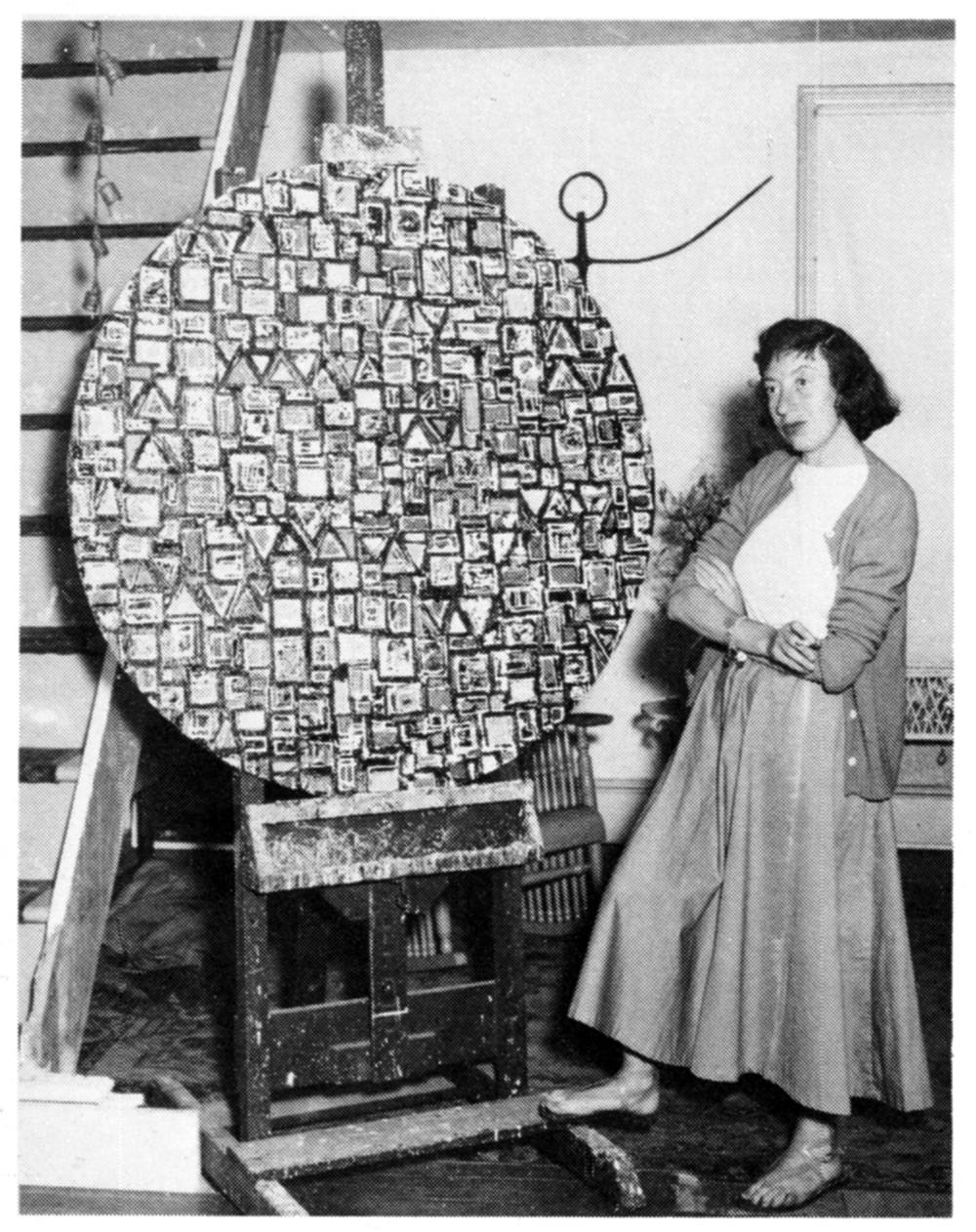
The large, light-suffused room enabled Krasner to experiment with large formats and to work more expressively. Unlike Pollock, she fixed her canvases to the wall and not the floor. Today, when you enter the barn with plastic slippers on your feet, you can see the traces of Pollock’s and Krasner’s work alongside each other.
The walls still bear traces of Lee Krasner’s painting
After Krasner’s death, the fiberboard flooring that had been a later addition was removed and the original floor unveiled along with the traces of Pollock’s work. The walls, however, still bear those of Lee Krasner’s painting. The outlines of “Gaea” and “Portrait in Green” are clearly recognizable. In many interviews Krasner repeatedly emphasized that the relationship between her and Pollock was one of two equals, with each fully respecting the other’s work. Even if Krasner and Pollock did not actually work simultaneously in the studio, I am almost sure that she would have liked it.
